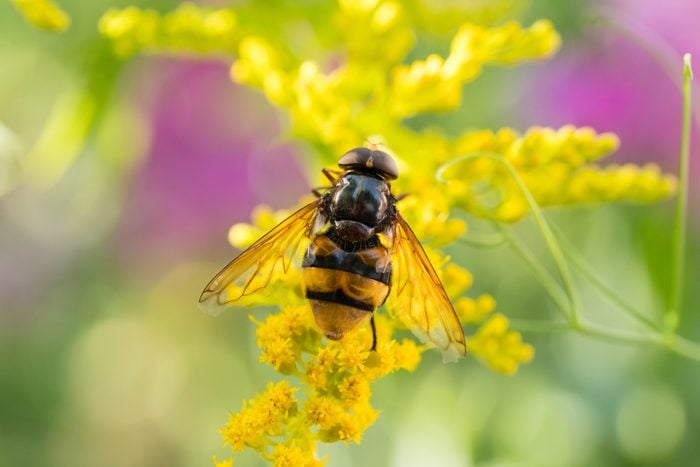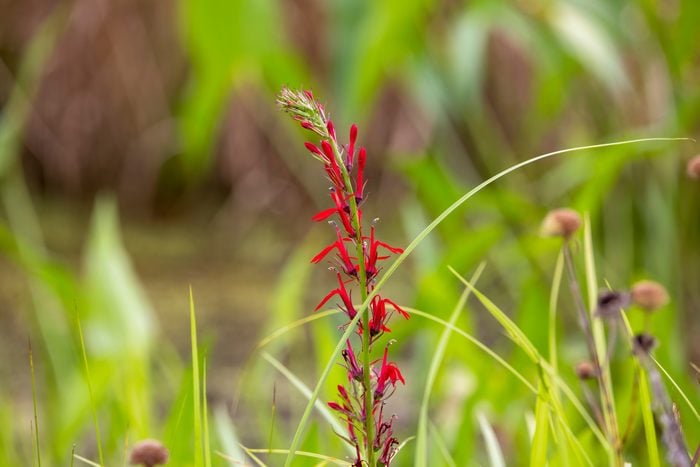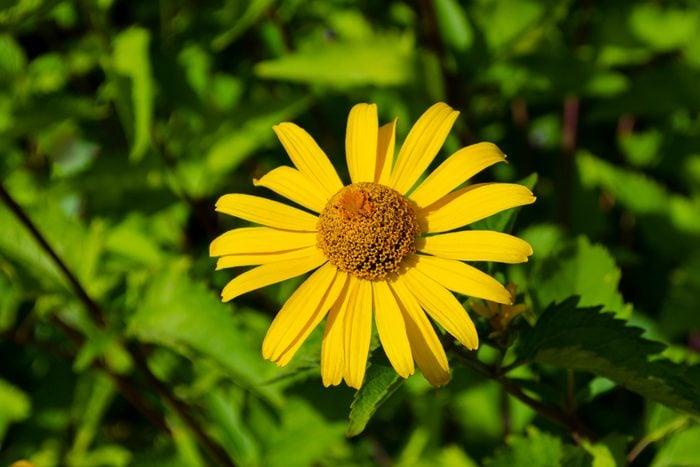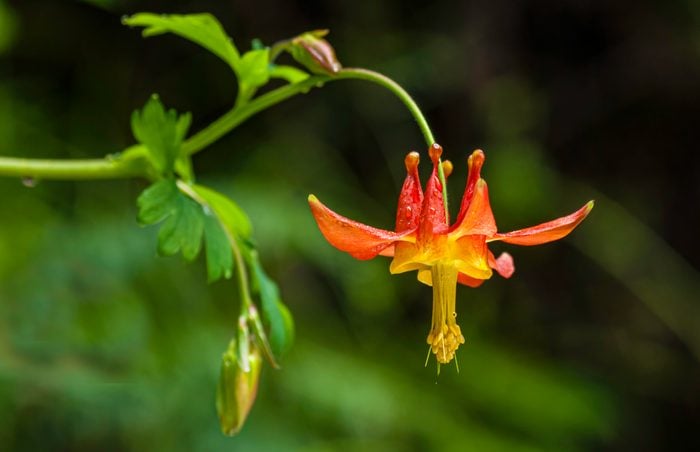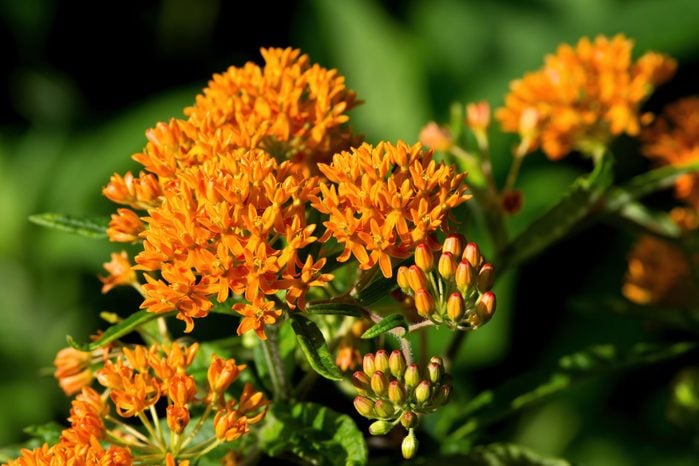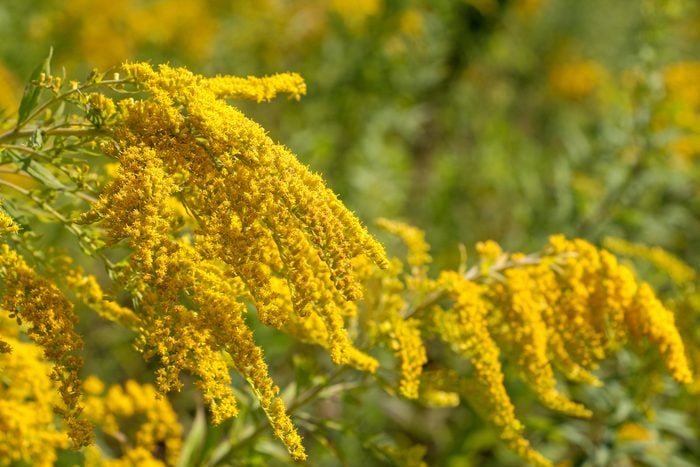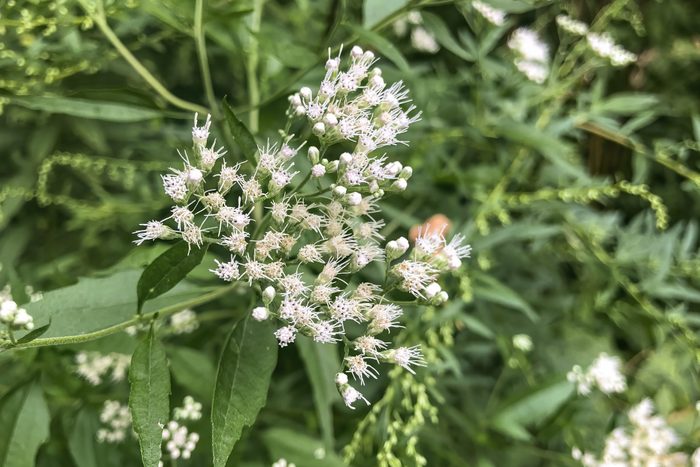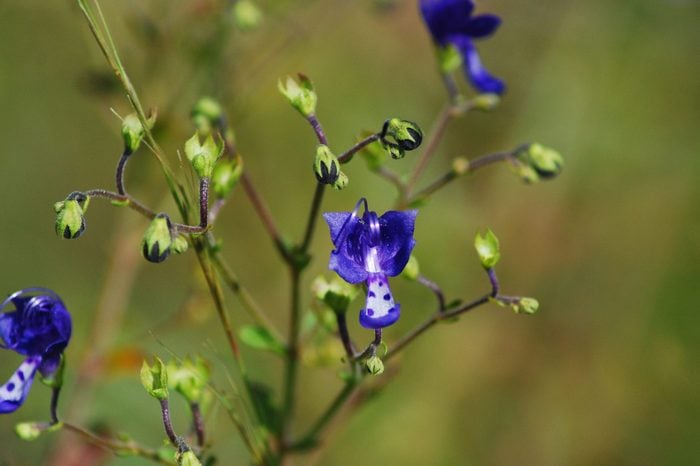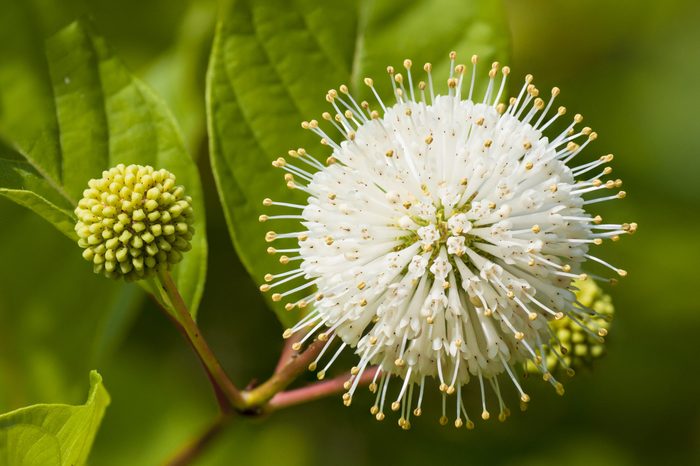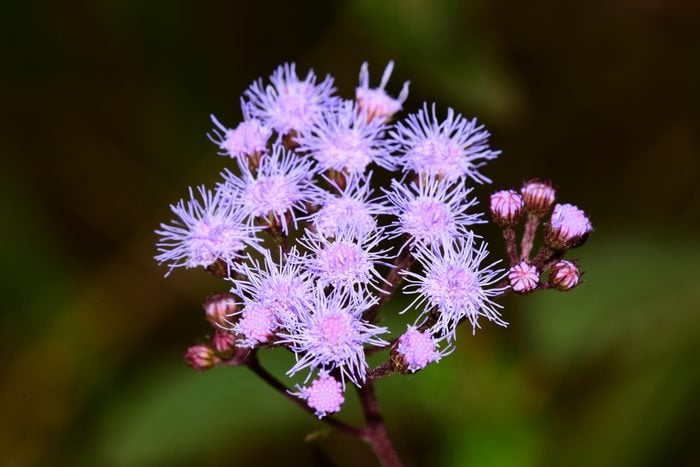Cardinal Flower
Cardinal flower (Lobelia cardinalis) hosts up to six butterfly species, plus its nectar provides food for many other butterflies, bees and hummingbirds. Its bright-red blooms add a pop of color in the garden from July to October. This member of the bellflower family grows best in moist soil in part shade to full sun. Best in USDA Plant Hardiness Zones 3 to 9.
Ox-Eye Sunflower
Native to many states, ox-eye sunflower (Heliopsis helianthoides) supports high numbers of pollinators including birds, butterflies, bumblebees, hummingbirds, moths and other beneficial insects. It’s a host plant to five pollen bee and three butterfly species. Expect bright yellow daisy-like blooms from June to September. Best in Zones 3 to 9.
Eastern Columbine
Part of the buttercup family, eastern columbine (Aquilegia canadensis) is a host and nectar plant for many species of butterflies, birds and bees. These perennials grow two feet tall with showy red and yellow flowers. They thrive in moist, well-drained soil and part shade, blooming from March to July. Best in Zones 3 to 8.
Orange Butterfly Milkweed
Milkweed is one of the most talked-about pollinator plants. It’s a great host and nectar plant for butterflies, birds and bees.
Milkweed is famous for hosting monarch butterflies, but it also hosts a dozen other species of butterfly larvae. Orange butterfly milkweed (Asclepias tuberosa) is known for its large, bushy, flat-topped clusters of yellow to bright-orange flowers. It thrives in dry to moist soil, full sun, and blooms from June to September. Best in Zones 4 to 9.
Wild Bergamot
Wild bergamot (Monarda fistulosa), AKA bee balm, is a wildflower in the mint family. This nectar plant hosts up to a dozen kinds of butterflies and three pollen bee specialists. It blooms from May to September, giving pops of purple throughout the summer.
Plant in moist, well-drained soil in sun to part shade. As a bonus, you can make Earl Grey tea from the leaves. Best in Zones 4 to 9.
Sweet Goldenrod
“Sweet goldenrod is a powerhouse plant,” says Phillips. It supports up to 104 butterfly and moth species, along with 42 pollen specialist bees.
This low maintenance, native herbaceous perennial grows two-to-three-feet-tall arching stems of yellow flowers, which bloom from July to October. Plant sweet goldenrod (Solidago odora) in moist, well-drained soil in sun to part shade. While some goldenrods can spread aggressively, this one does not. Best in Zones 4 to 10.
Calico Aster
Another powerhouse, calico aster (Symphyotrichum lateriflorum) supports up to 100 butterflies and moths, plus 33 pollen specialist bees. It blooms from August to October, with branching clusters of short-stalked flowers. Plant in moist, well-drained soil in sun to part shade. Best in Zones 4 to 9.
Forked Bluecurls
While forked bluecurls (Trichostema dichotomum) support many types of bees in the pollination stage, two pollen specialist bees especially rely on this member of the mint family. Its distinct bluish curls bloom from August to November, supporting wildlife throughout the fall months. Plant in moist, well-drained soil. Best in Zones 5 to 11.
Buttonbush
This six- to 12-foot shrub hosts up to 23 species of butterflies and months. A member of the Rubiaceae family, buttonbush (Cephalanthus occidentalis) brings flowers with spherical bursts of white or pale pink from June to September.
Butterflies, birds and bees benefit from its nectar, as well as the shelter provided by its bushy branches. Plant in moist to wet, well-drained soil in part shade. Best in Zones 5 to 10.
Blue Mistflower
An herbaceous perennial, blue mistflower (Conoclinium Coelestinum) is a source of nectar for butterflies, birds and bees. The carpenter-mimic leafcutter bee in particular requires this plant to thrive. It grows up to three feet high, with small, bright-blue or violet disk flowers, which bloom from July to November. Plant in sun to part shade. Best in Zones 5 to 10.

